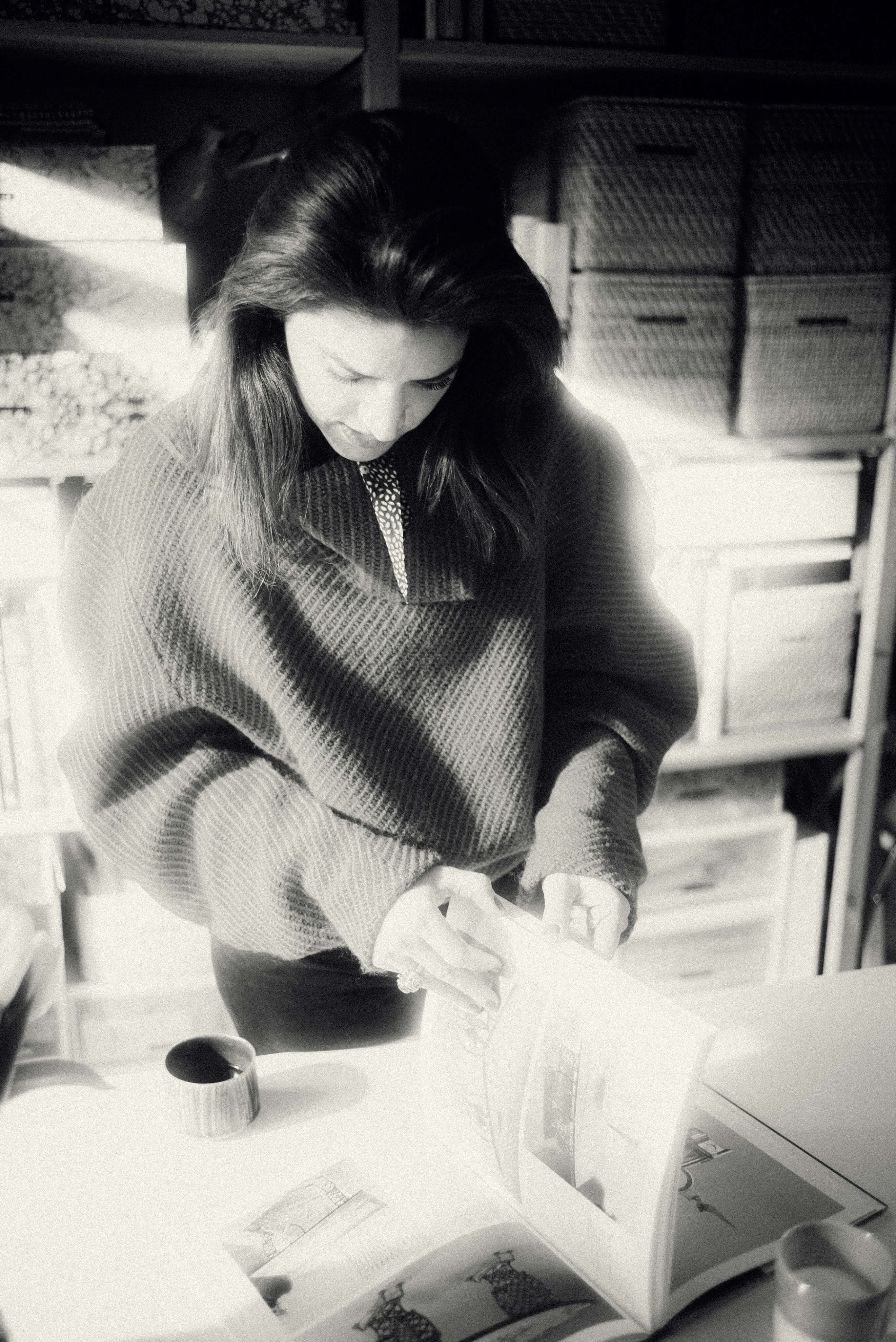Stephanie Barba Mendoza on bravery, mexico and maximalism
Meet one of London’s most exciting interior designers. Called a ‘rising star’ by the likes of Country & Townhouse and House & Garden, Barba Mendoza’s vivacious aesthetic has made quite the impression on the design scene
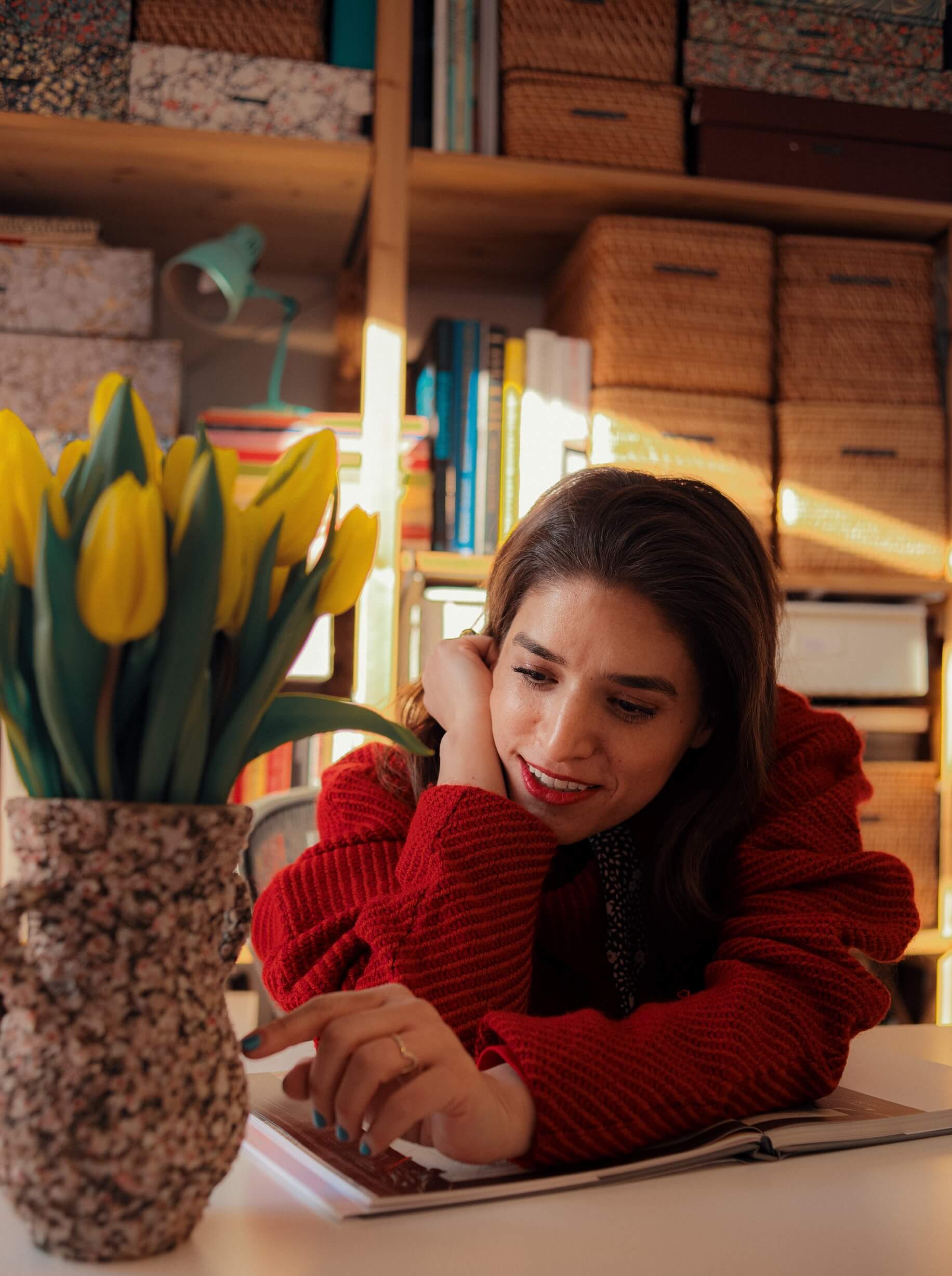
Stephanie Barba Mendoza might have been born in Mexico, but her fingerprints are all over central London. The 38-year-old interior designer was part of the team at acclaimed Martin Brudnizki Design Studio that designed Berkeley Square’s ritzy seafood restaurant Sexy Fish, and she was the lead designer for Richard Caring’s £55m reboot of Annabel’s in 2018. She worked on the design of other high-end watering holes too, including Scarfe’s Bar in Holborn’s Rosewood Hotel and The Ivy, among others.
Not that Barba Mendoza only works in the UK. Her eponymous studio designs interiors for private homes and high-end hospitality or retail spaces internationally, and she’s worked everywhere from New York to Jeddah. Stephanie founded her studio in late 2019 when she “started to feel a bit restless,” following a decade of working with Brudnizki and rising through the ranks at his practice. “He was a real mentor to me. I still look up to him as a great designer,” she says, sitting at her desk in her colourful north London office.
Barba Mendoza refutes the idea that she has a house style, but you’ll identify her work through its dynamic approach to texture and pattern. Her interiors feel energetic and optimistic, but “it’s all about attention to detail,” she tells us.
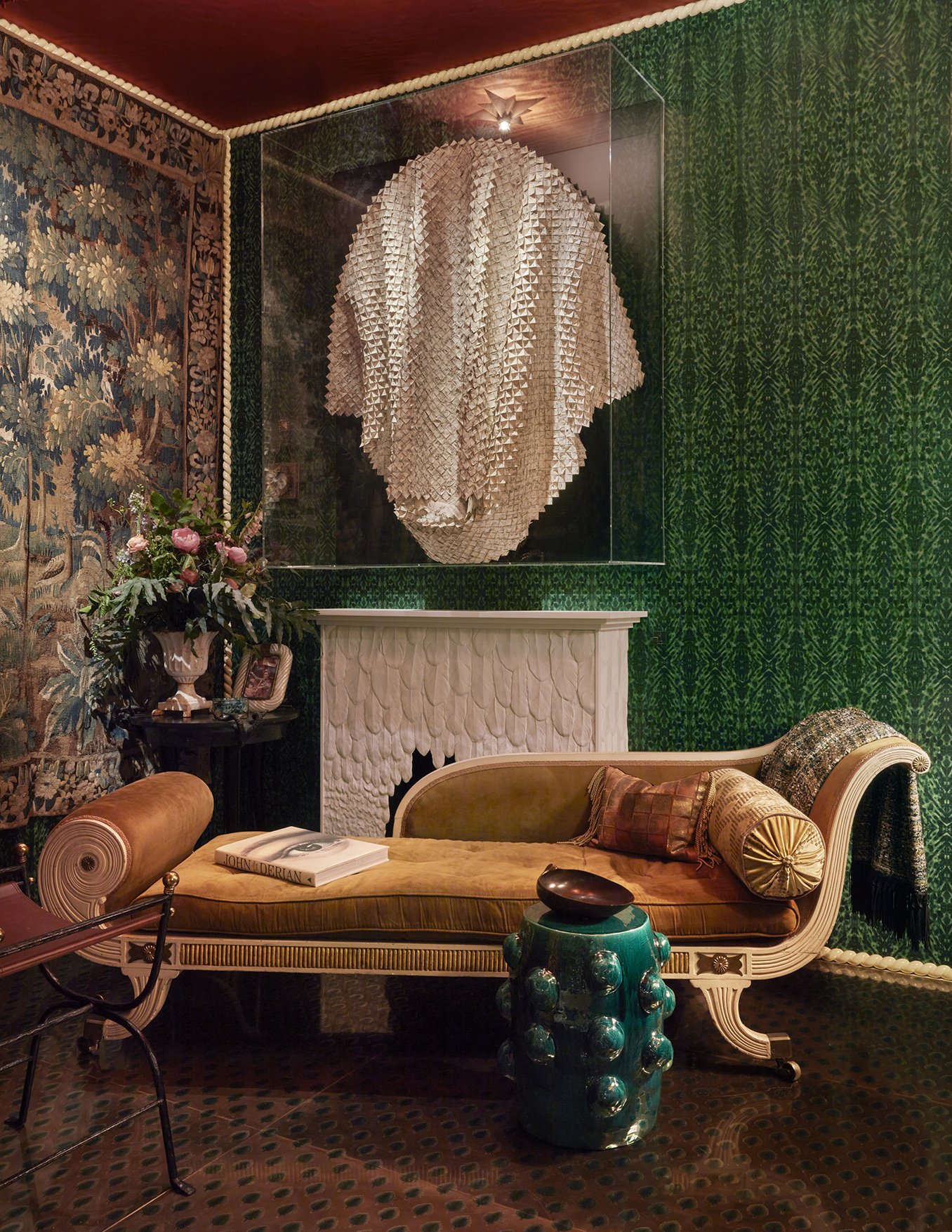

I left Martin [Brudnziki]’s in November 2019 and set up shop at the pandemic’s onset.
I won my first two projects within a week of each other, just before the first lockdown. One in Miami and one in Antwerp, which wasn’t ideal. Thankfully, we made it work, and I was happy with both projects. My clients would send me architect’s drawings, photos and videos. I more or less had the whole of each house documented on film. Then, we had constant conversations online and over the phone to keep things moving. It turns out it’s possible to design a house’s interiors entirely remotely, although I’m not sure I’d recommend it.
I’d say that I don’t have a defined ‘look’, but that’s probably not true.
I like to take each project completely fresh – we’re not a copy-and-paste, ‘cookie-cutter’ studio. Of course, you’ll see some elements throughout all my projects, like colour and pattern, but we apply them very differently to reflect each individual client’s preferences and personality. The design process is all about push and pull – I push the client gently, or they pull me in a certain direction. It’s a collaboration between the client’s vision and my knowledge to help them to realise it. This in itself is fascinating, figuring out clients who might be traditional but super-maximalist versus others who are more contemporary and pared back.
The design process is all about push and pull – I push the client gently, or they pull me in a certain direction
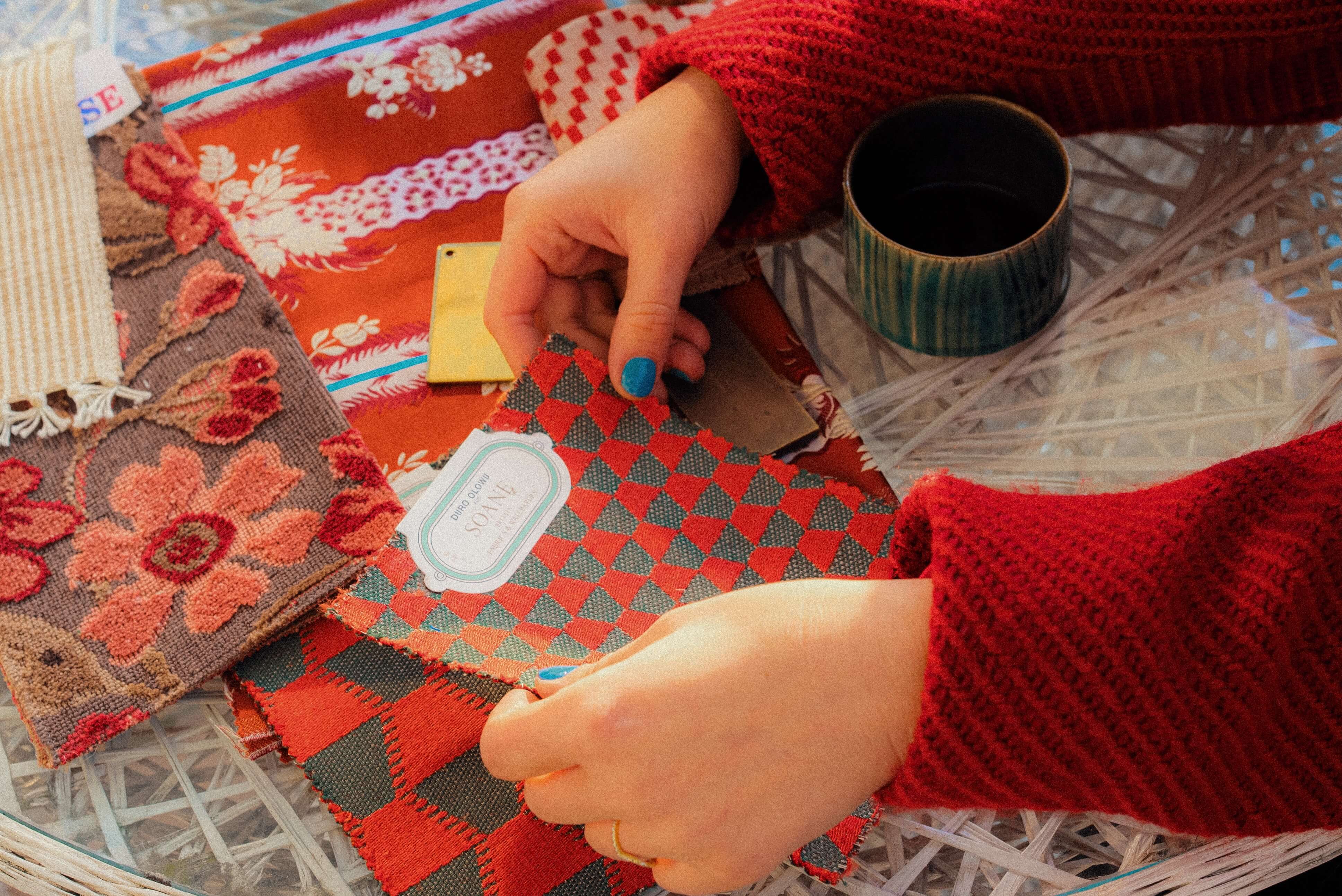
Even in a maximalist interior, the space has to function seamlessly.
A successful interior works without you realising it. It should be easy for you to spend time in the space. To do this well, you have to create different feelings throughout a house. It’s all about what a certain room is for and what the client needs; is this your library, your drawing room, or a bar at home where you entertain? Do you want the room to be peaceful and calm or fun and energising? Having experience in hospitality design helps us to deliver this for clients because I’m used to working with a brief to make a space ‘feel’ a certain way. Ultimately, though, it’s about creating spaces where people walk in and feel the room has soul – that the lighting, the interiors and the finishing touches create a sense of warmth and purpose.
Vibing with clients is important to me.
I like my clients to be brave. I want to celebrate beautiful things in my designs; shapes, colours, textures and compositions. Interior design is just a form of expressing this or gathering together all these things. So, when a prospective client approaches us, I’ll start with a phone or Zoom call, just so we can get a feeling for each other. I like people who aren’t afraid to take risks, so having that chemistry is important.
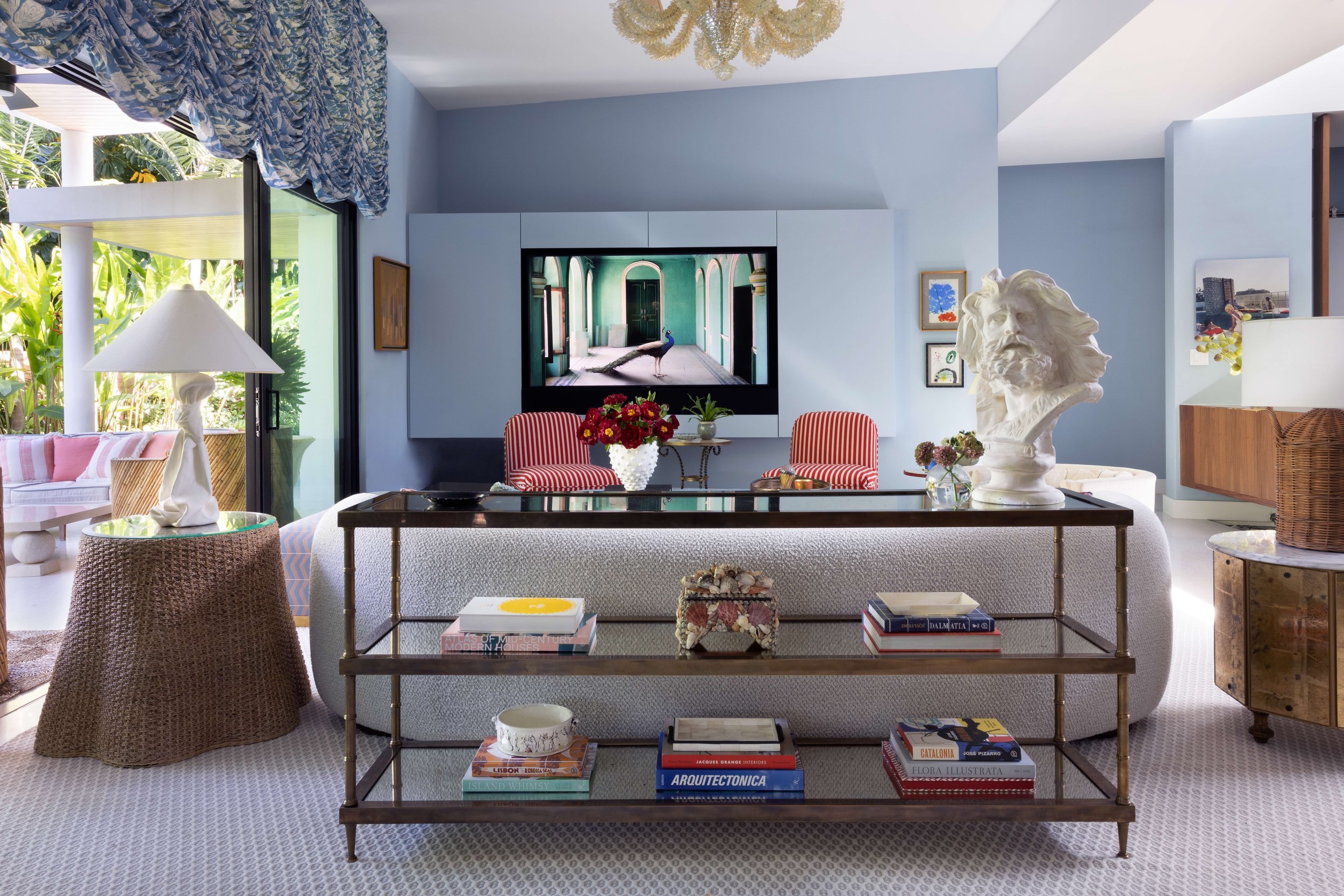
They say there’s no person more Mexican than a Mexican who leaves home, and I think there’s truth to that.
There are a lot of Mexican influences in my work and a little bit of surrealism. The architect Javier Senosiain is a big inspiration for me – I love his shapes and surrealist spaces. Pedro Friedeberg is another, his wooden Hand Chairs are beautiful. I also like some of the classicists, Austrian designers like Joseph Hoffman or Adolf Loos, for example. Serge Roche is an inspiration too. I love how he took very traditional rococo styles and reinvented them with mirrors. At the time, there was nothing else like it.
Where do I want to be in 10 years? I hope I’ll still be relevant.
It’s so important to evolve as a designer and not just repeat yourself. You have to challenge yourself every time you start a project to seek out different influences and not get too comfortable. A lot of the time, clients keep me inspired by asking for different things. Travel helps as well. I go back to Mexico two or three times a year, and there’s so much happening in Mexico City. Italy and the south of France also inspire me, and I’m heading to Japan for the first time in September. Ultimately, I’d like to create a portfolio where you can see different styles or eras at play. We can’t reinvent the wheel as designers, but we can give it a different spin.
Visit barbamendoza.com or reach out to Stephanie’s team to discuss a potential project via studio@barbamendoza.com
